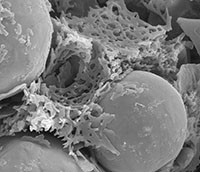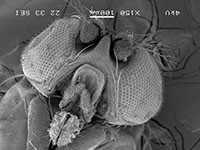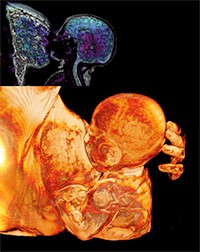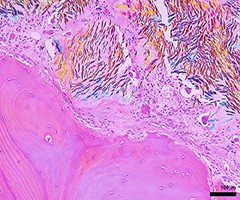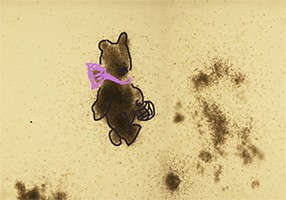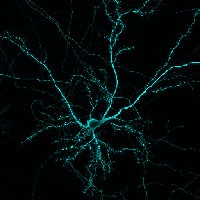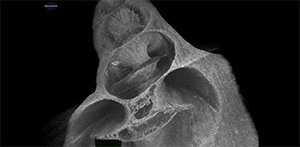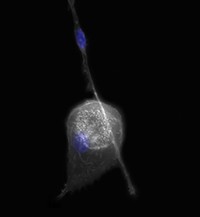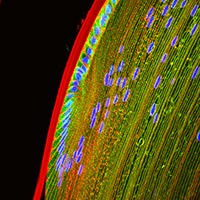Nurul Haiza Sapiee -Chemical & Materials Engineering
Polymethyl methacrylate (PMMA) binding titanium powder to aid injection moulding process
Ashika Channa - Department of Medicine
Bone erosion in a human joint tissue affected by gout.
Stained with H&E (by Satya Amirapu), viewed using polarising light microscopy with a red filter. Uric acid crystals (the causative agent of gout) are orange and blue under these settings. The image shows inflammatory cells and uric acid crystals adjacent to bone.
Joanna Mathy - School of Biological Sciences
Two Ships – This image captures the two predominant, morphologically-distinct cell types that differentiate from human peripheral blood monocytes when grown in tissue culture: round and spindle
Ships that pass in the night, and speak each other in passing,
Only a signal shown and a distant voice in the darkness;
So on the ocean of life we pass and speak one another,
Only a look and a voice, then darkness again and a silence.
1874, Henry Wadsworth Longfellow, Tales of a Wayside Inn

